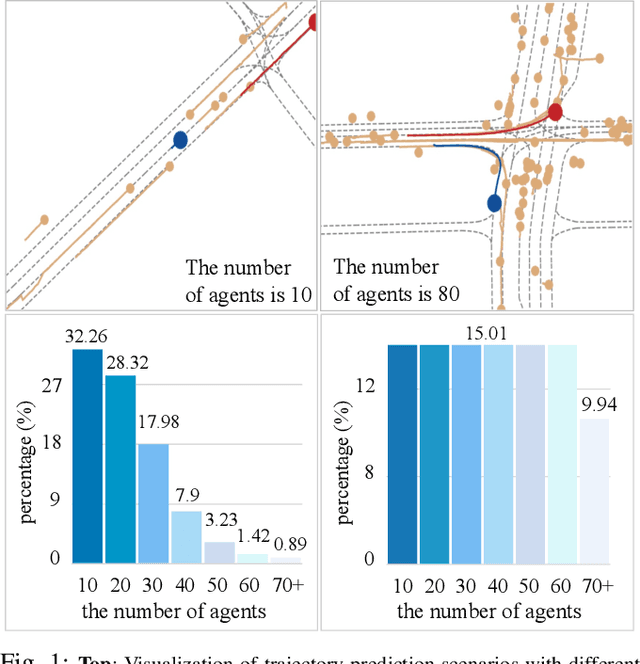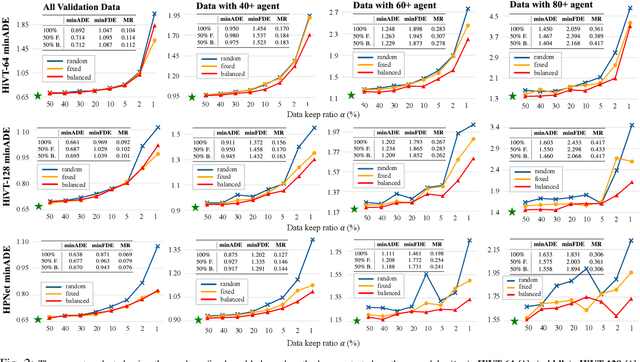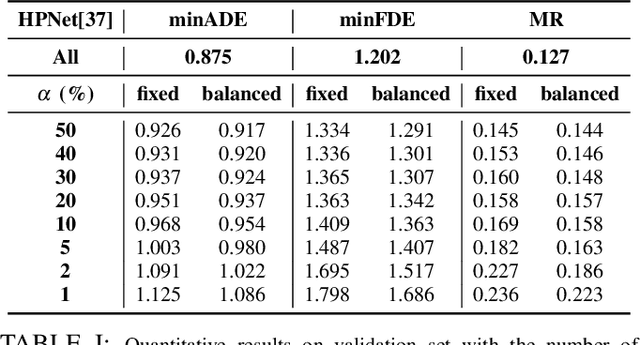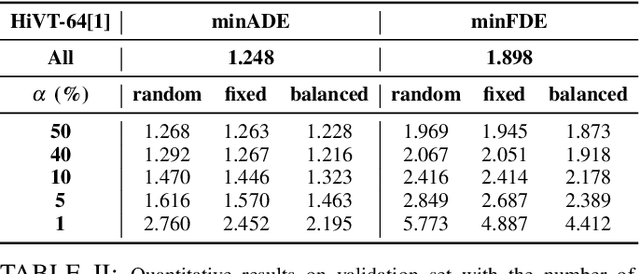Ruining Yang
Unsupervised Search for Ethnic Minorities' Medical Segmentation Training Set
Jan 05, 2025



Abstract:This article investigates the critical issue of dataset bias in medical imaging, with a particular emphasis on racial disparities caused by uneven population distribution in dataset collection. Our analysis reveals that medical segmentation datasets are significantly biased, primarily influenced by the demographic composition of their collection sites. For instance, Scanning Laser Ophthalmoscopy (SLO) fundus datasets collected in the United States predominantly feature images of White individuals, with minority racial groups underrepresented. This imbalance can result in biased model performance and inequitable clinical outcomes, particularly for minority populations. To address this challenge, we propose a novel training set search strategy aimed at reducing these biases by focusing on underrepresented racial groups. Our approach utilizes existing datasets and employs a simple greedy algorithm to identify source images that closely match the target domain distribution. By selecting training data that aligns more closely with the characteristics of minority populations, our strategy improves the accuracy of medical segmentation models on specific minorities, i.e., Black. Our experimental results demonstrate the effectiveness of this approach in mitigating bias. We also discuss the broader societal implications, highlighting how addressing these disparities can contribute to more equitable healthcare outcomes.
Data-efficient Trajectory Prediction via Coreset Selection
Sep 25, 2024



Abstract:Modern vehicles are equipped with multiple information-collection devices such as sensors and cameras, continuously generating a large volume of raw data. Accurately predicting the trajectories of neighboring vehicles is a vital component in understanding the complex driving environment. Yet, training trajectory prediction models is challenging in two ways. Processing the large-scale data is computation-intensive. Moreover, easy-medium driving scenarios often overwhelmingly dominate the dataset, leaving challenging driving scenarios such as dense traffic under-represented. For example, in the Argoverse motion prediction dataset, there are very few instances with $\ge 50$ agents, while scenarios with $10 \thicksim 20$ agents are far more common. In this paper, to mitigate data redundancy in the over-represented driving scenarios and to reduce the bias rooted in the data scarcity of complex ones, we propose a novel data-efficient training method based on coreset selection. This method strategically selects a small but representative subset of data while balancing the proportions of different scenario difficulties. To the best of our knowledge, we are the first to introduce a method capable of effectively condensing large-scale trajectory dataset, while achieving a state-of-the-art compression ratio. Notably, even when using only 50% of the Argoverse dataset, the model can be trained with little to no decline in performance. Moreover, the selected coreset maintains excellent generalization ability.
PLoc: A New Evaluation Criterion Based on Physical Location for Autonomous Driving Datasets
Mar 29, 2024Abstract:Autonomous driving has garnered significant attention as a key research area within artificial intelligence. In the context of autonomous driving scenarios, the varying physical locations of objects correspond to different levels of danger. However, conventional evaluation criteria for automatic driving object detection often overlook the crucial aspect of an object's physical location, leading to evaluation results that may not accurately reflect the genuine threat posed by the object to the autonomous driving vehicle. To enhance the safety of autonomous driving, this paper introduces a novel evaluation criterion based on physical location information, termed PLoc. This criterion transcends the limitations of traditional criteria by acknowledging that the physical location of pedestrians in autonomous driving scenarios can provide valuable safety-related information. Furthermore, this paper presents a newly re-annotated dataset (ApolloScape-R) derived from ApolloScape. ApolloScape-R involves the relabeling of pedestrians based on the significance of their physical location. The dataset is utilized to assess the performance of various object detection models under the proposed PLoc criterion. Experimental results demonstrate that the average accuracy of all object detection models in identifying a person situated in the travel lane of an autonomous vehicle is lower than that for a person on a sidewalk. The dataset is publicly available at https://github.com/lnyrlyed/ApolloScape-R.git
 Add to Chrome
Add to Chrome Add to Firefox
Add to Firefox Add to Edge
Add to Edge